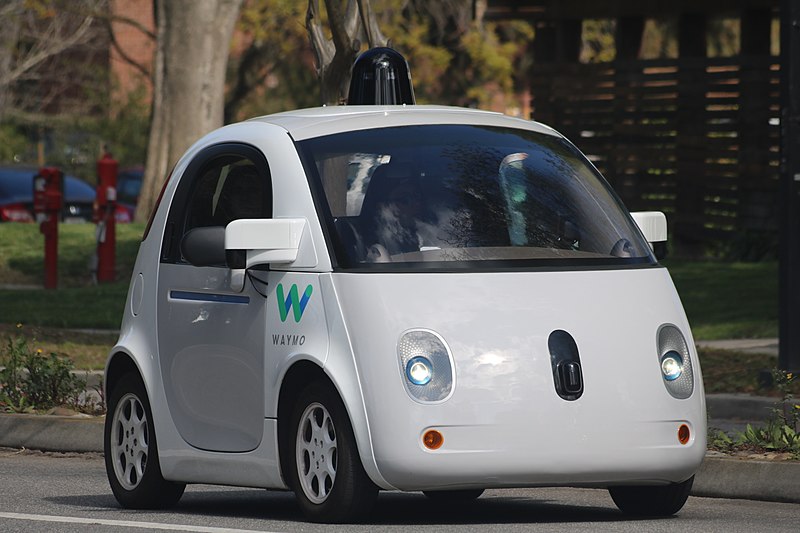
In 2015, 90% of the 35,000 car crash fatalities were attributable to human error. While human error cannot be eliminated, it can be removed from the equation. Self-driving and semi self-driving vehicles, one of the most exciting technical developments is turning science fiction into science.
The dream of self-driving vehicles is slowly becoming a reality. Senators John Thune (R-SD) and Gary Peters (D-Mich) have introduced a bipartisan bill to help lay the track for highly automated vehicles (HAVs), and to stop government getting in the way of this advancement. The American Vision for Safer Transportation Through Advancement of Revolutionary Technologies (AV START) Act “proposes common sense changes in law to keep pace with advances in self-driving technology.”
There are on average 6 million car accidents a year in the United States. In a world of self driving cars we could see a drop in accidents to 1.3 million accidents a year and a significant drop in accident related deaths from 33,000 a year to 11,300 a year.
General Motors recently unveiled their latest undertaking, a fully self-driving vehicle without a steering wheel, brakes, or any other manual controls. This ambitious project seeks to bring us one step closer to a driverless and safer future. Unfortunately, a series of regulatory hurdles have impacted the implementation of these vehicles, slowing down production and deployment. We will be lucky if we start to see this major advancement on the road before the end of next year.
This technology is still in its infancy, and has barely been tested in real world situations like on public roads. The National Highway Traffic Safety Administration created a voluntary guidance outlining 12 safety elements to ensure safety and security on the road for self-driving vehicles. General Motors has used these guidelines in the hope that it will help expedite the regulatory process, bringing us one step closer to a driverless world.
Tesla currently gives us the closest experience to automated driving with their autopilot features. Tesla’s system serves as an assistive tool that can maintain speed, keep lane placement, and detect cars around the vehicle. This is more of an advanced cruise control system than a full automated driving experience, but it has the potential to make roads significantly safer as a computer will always have faster reaction time than a person. A number of car manufacturers have rolled out other driver assistance systems like self-parking, lane detection and braking systems.
It is clear that with the deployment of SDC lives behind the wheel can be saved. But, in order for SDC to be properly tested and deployed in the future, we need a consistent regulatory framework conducive to innovation.
As Senator Thune said “by playing a constructive role in the development of self-driving transportation systems, our government can help save lives, improve mobility for all Americans… and create new jobs.” Senators Thune and Peters are pushing this legislation to keep the law up to date with advances in self-driving technologies.
The important provisions of the AV START bill includes reducing barriers to deployment by implementing enhanced review and approval processes for federal motor vehicle safety standards to prioritize safety, modernization of motor vehicle safety standards to bring them in line with self-driving vehicles, developing policies that factor in cyber security vulnerabilities with self driving cars by identifying and reducing these risks, and improving safety and mobility for all Americans especially those with disabilities.
In September 2017, Americans for Tax Reform sent a letter to Senators urging the Senate to adopt and pass the Self Drive Act to maintain the division of regulatory authority between state and federal bodies. In the letter ATR recognized the importance of having consistent legislation to unlock the potential of this new technology.
It would be a regulatory nightmare for companies to try to comply with 50 different state policies under a regulatory patchwork, making it more difficult for new life saving innovations from joining the market. Another issue raised by this patchwork is potential violations of Interstate Commerce. This patchwork would force manufacturers to build a different vehicle for each state market, driving up the costs of production, and placing an unreasonable burden on interstate commerce. Creating a federal regulatory framework that preempts states would ensure that the innovative future of SDC could become a reality in the foreseeable future.

